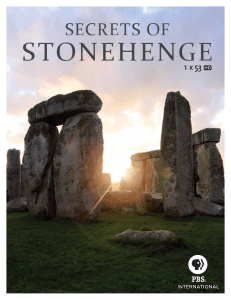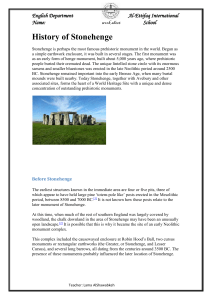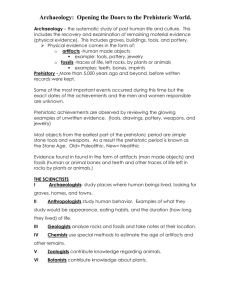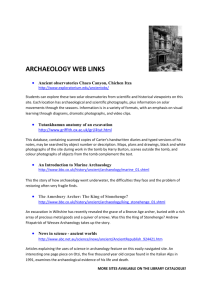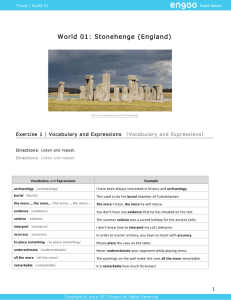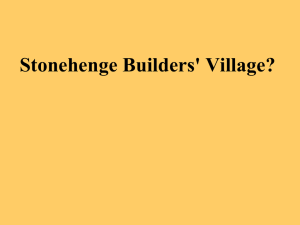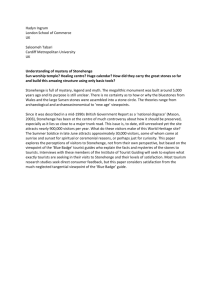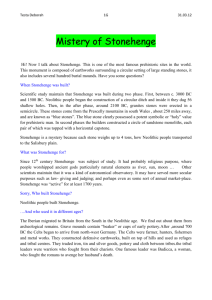Abstract - Sainsbury Institute for the Study of Japanese Arts and
advertisement
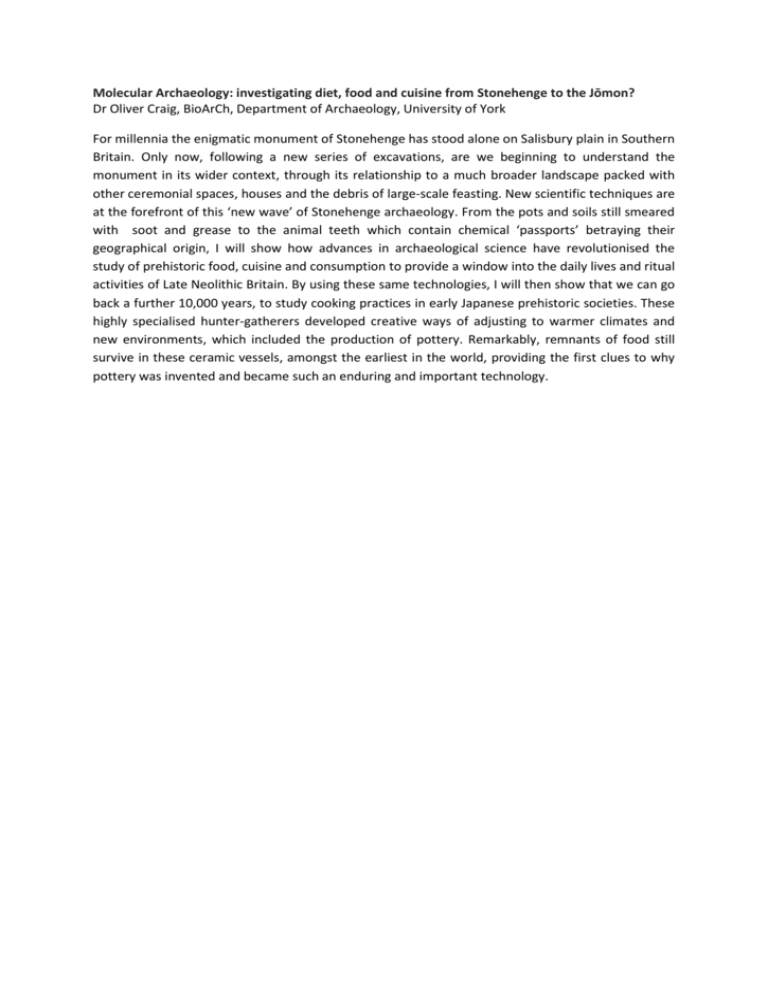
Molecular Archaeology: investigating diet, food and cuisine from Stonehenge to the Jōmon? Dr Oliver Craig, BioArCh, Department of Archaeology, University of York For millennia the enigmatic monument of Stonehenge has stood alone on Salisbury plain in Southern Britain. Only now, following a new series of excavations, are we beginning to understand the monument in its wider context, through its relationship to a much broader landscape packed with other ceremonial spaces, houses and the debris of large-scale feasting. New scientific techniques are at the forefront of this ‘new wave’ of Stonehenge archaeology. From the pots and soils still smeared with soot and grease to the animal teeth which contain chemical ‘passports’ betraying their geographical origin, I will show how advances in archaeological science have revolutionised the study of prehistoric food, cuisine and consumption to provide a window into the daily lives and ritual activities of Late Neolithic Britain. By using these same technologies, I will then show that we can go back a further 10,000 years, to study cooking practices in early Japanese prehistoric societies. These highly specialised hunter-gatherers developed creative ways of adjusting to warmer climates and new environments, which included the production of pottery. Remarkably, remnants of food still survive in these ceramic vessels, amongst the earliest in the world, providing the first clues to why pottery was invented and became such an enduring and important technology.
